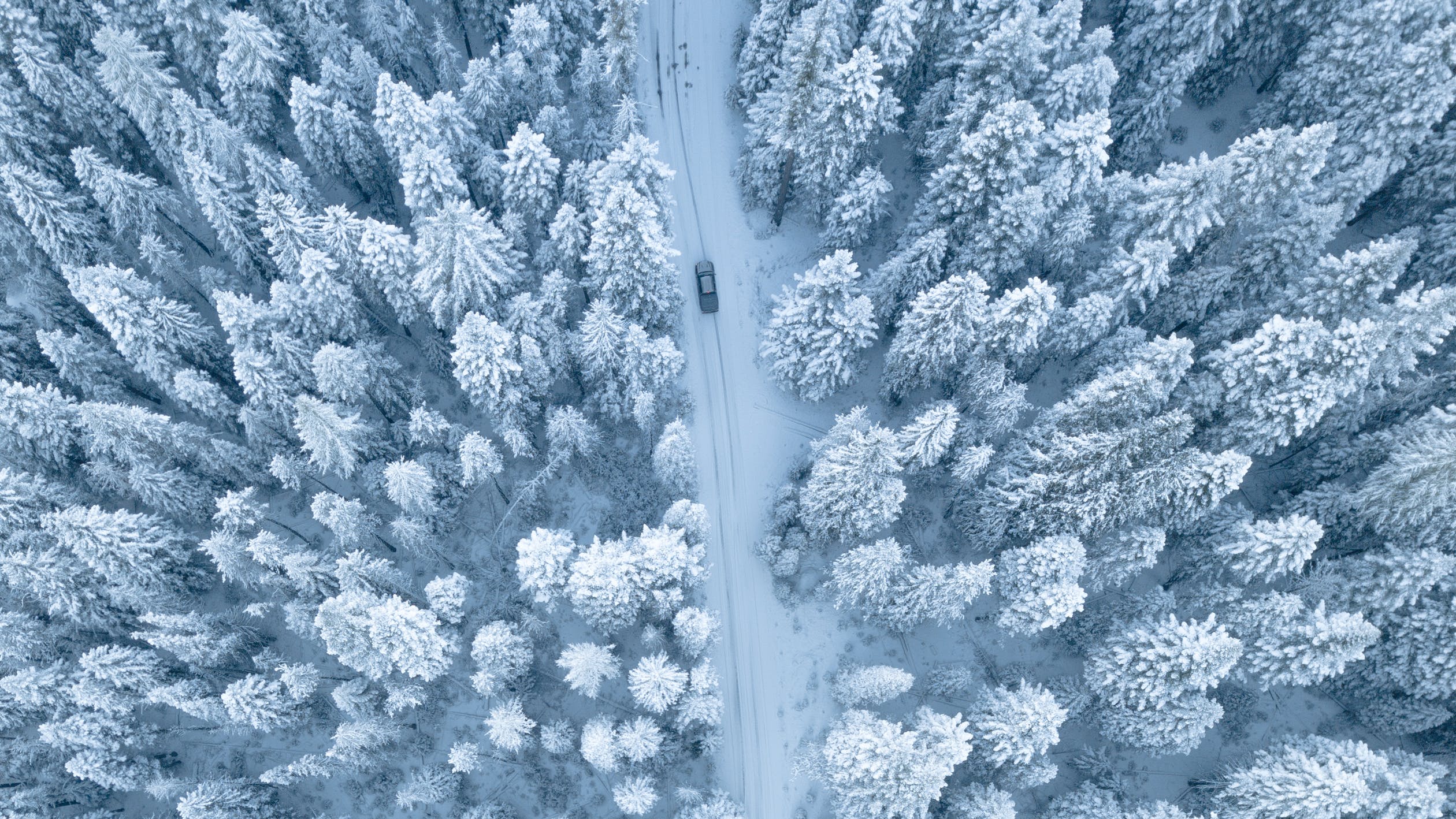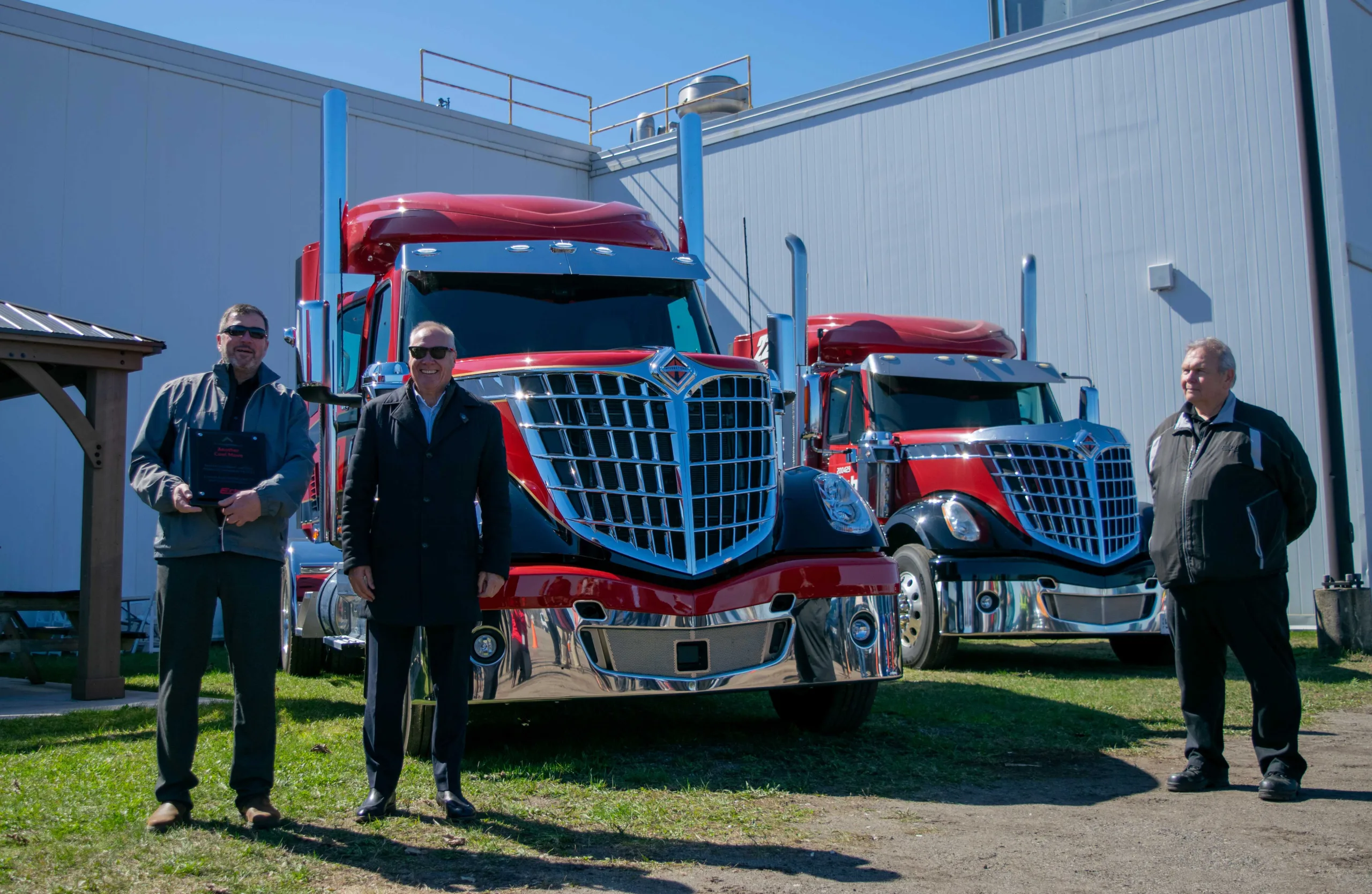It’s almost mid-winter and while we have been experiencing a mild season so far, the colder temperatures are on the way. With more snowy and icy days ahead of us, it’s important we remember the fundamentals on safe winter driving. With fewer vehicles on the roads this winter, it might be tempting to speed up a little bit but it is important we don’t become complacent and become lax on the rules. While many people are at home, there are still many essential vehicles and trucks on the road providing services that are necessary for all of our well-being.
Here at Erb, safety is always top of mind. We have numerous safety initiatives in place to ensure our drivers and our trucks are safe while on the road. Our comprehensive training programs ensure our drivers are prepared for winter driving, and we have the awards to prove it.
It’s important that we don’t get too comfortable, always remain alert and that we know how to stay safe when sharing the road with larger vehicles. Although some of these may seem redundant, they could save a life.
Here are a few pointers to stay safe on the road this winter:
SLOW DOWN
Many accidents happen during the winter months because vehicles are going too fast for road conditions. Make sure you leave yourself plenty of time to get to where you are going.
CLEAR OFF YOUR VEHICLE
Make sure your vehicle is clear of ice and snow before you leave. This will ensure you have proper visibility and large pieces of snow or ice will not fly off while you are driving, possibly endangering others on the road. This is especially important for people operating large vehicles. At Erb, we have a snow clearing trailer system that allows drivers to remove snow easily from trailers before heading out. It is a key factor of our winter processes and safety procedures to protect our drivers and the motoring public.
WINTER TIRES
If you haven’t already done so, invest in some winter tires. It’s important to have good traction while stopping or turning on icy surfaces. Check your tire pressure at least once a month when the tires are cold and remember the pressure decreases in the winter months when it’s colder.
KEEP A DISTANCE
It can take up to 10 times longer for mid-sized vehicles to stop on ice and for trucks or commercial vehicles it takes even longer. The stopping distance for a truck increases with the load weight and road conditions. Never suddenly move in front of a truck as it reduces the truck’s allowable safe stopping distance and it may not be able to slow quickly enough to avoid a collision. Be sure to leave plenty of space and share the road.
KNOW YOUR SURROUNDINGS
Did you know large trucks and commercial vehicles have huge blind spots on all four sides? If you can’t see the driver in the vehicle side mirror, assume the driver can’t see you. Don’t drive in a blind spot and slow down or move ahead to stay visible and take extra care when merging. Make sure you can see the driver in the vehicle mirror, signal clearly and then move into the lane and accelerate.
SKID SMARTS
If your vehicle starts to skid on the ice, be sure you know how to handle it. Although it seems impossible, don’t panic and try to stay calm. Slamming on your brakes or gas will only make things worse. Instead, ease off the gas and let the traction on your tires steer the vehicle without touching the pedals. Steer the way you want to go and only accelerate again once you are off the icy patch and have traction again.
BE PREPARED
Delays can happen, especially during the winter months. Keep a basic winter survival kit in your vehicle in case you get stuck on a highway for a long period, or overnight in some cases. It should include water, blankets, flashlight, batteries, snacks, warm clothes, and a basic first-aid kit. You should also have a good ice scraper, snow brush and jumper cables readily available.
It’s necessary to adapt your driving behaviour when driving in poor weather conditions, especially on snow-covered or icy roads. Being aware of your surroundings is essential in poor weather. For more tips on winter driving visit: https://www.ontario.ca/page/winter-driving.
Thank you for sharing the road, limiting distractions, and always keeping safety your top priority. Let’s all do our part to get home safety.
 Client portal
Client portal 



